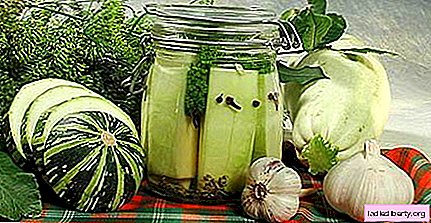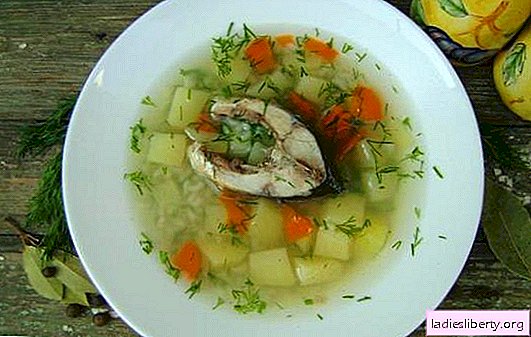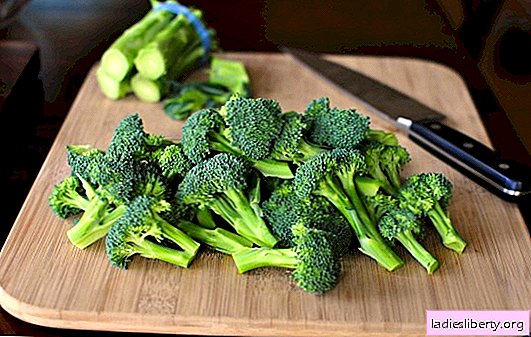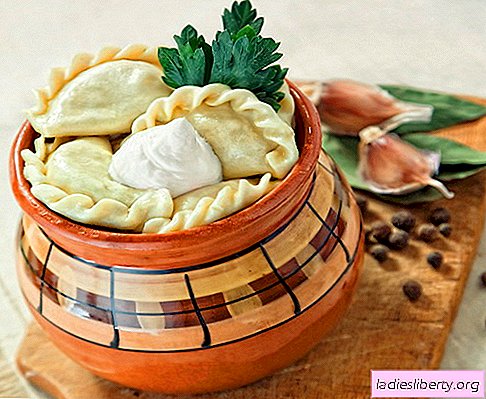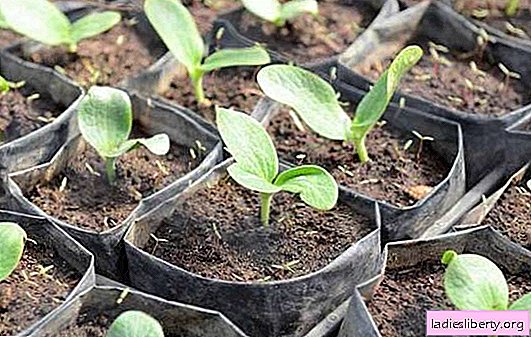
Zucchini is a garden plant that grows beautifully in most household plots and cottages. People love him for his delicate taste, dietary qualities and ease of care.
Cultivation of zucchini - requires knowledge of the agricultural technology of this culture and small physical effort. And as a result, you can prepare a delicious dish for the table, or prepare a healthy product for the winter.
A well-thought-out planting scheme and the right seed selection are half the success.
Selection of seeds for planting zucchini
You can use zucchini seeds of your own collection, or purchase them in a store and on the market. To buy good seeds is necessary, take into account several points:
• It is better to take seeds from a well-known producer, preferably a company whose seed you have already tested in practice;
• High-quality seeds are full-bodied;
• You cannot collect seeds from hybrid zucchini; you cannot collect a decent crop from them;
• The bulk of imported seeds - various hybrids;
• Most of the varieties bred in our country are better than imported withstand cooling;
• In foreign varieties of zucchini, a longer growing season;
• They do not lose their presentation for a long time, which is beneficial for fruits intended for sale;
• Hybrids have a thin peel, which is convenient when cooking;
• Harvest of domestic varieties is perfectly stored in its natural form, almost does not change the taste during conservation and processing;
• Germination of seeds of domestic varieties 5-8 years.
How to prepare seeds for sowing
Zucchini is planted on a bed previously grown seedlings or seeds.
First you need to check the germination of seeds, they are kept in a growth stimulator for 20 minutes, after which they are washed and placed in wet gauze.
After the seeds swell, they are cooled to zero degrees (hardened in the refrigerator) and so stand for 2 days.
Then they are transferred to a warm place and germinated further.
When the roots hatch on the seeds, they are planted on a bed (if the soil has warmed up to 12 degrees), or in a container for seedlings.
Planting zucchini on seedlings
Zucchini is a heat-loving plant, but they tolerate low temperature better than cucumbers or watermelons. The optimum temperature for this plant is approximately 25 degrees.
Zucchini are demanding on the fertility of the soil mixture. For rapid development, seedlings must provide:
• Timely watering;
• Regular loosening of the soil;
• Suitable top dressings;
• Protection against weeds.
In order to grow a decent crop of early zucchini, you need to plant seeds and transplant them on the bed early. To do this, prepare a steam heap or bed.
For a steam heap, a hole is made in the ground 30 cm deep and 50 cm in diameter, for a steam bed they dig a trench 40 cm wide and 25 cm deep. Fresh manure is poured into the recess and a soil layer of at least 10 cm thick is poured on top.
After such preparation, seeds are planted, from the first decade of May, covering the beds from above with a film. In such beds, the first crop appears no later than the end of June.

Seedlings of zucchini, grown on a windowsill or under a film shelter. To do this, use boxes, cassettes or pots 10 cm in diameter.
Humus mixed with horse peat in a ratio of 1: 1 is poured into the tank, the soil is watered with warm water and a hole is made for seeds 2-3 cm deep.
For seedlings, you need to maintain a room temperature of about 20 degrees.
Transplanted seedlings on a bed, along with a lump of earth around the roots, the root system of zucchini, like cucumbers, does not tolerate damage.
Planting zucchini is best done in cloudy weather.
Transplanting seedlings and sowing seeds in the garden
Planting zucchini without shelters begins in late May, depending on the region, sowing and transplanting can continue until the first decade of July. To extend the harvest, sowing is performed with an interval of 5-6 days. In the southern regions, you can sow zucchini with a second wave, starting sowing in August.
Zucchini is planted in well-lit areas, it is impossible to place beds with this crop near any pumpkin plants.
Sowing seeds
Zucchini sown with pre-germinated or "dry" seeds. You can place them on slightly raised beds. Sowing is carried out according to the scheme - 1 m between rows and 50-70 cm between individual bushes in a row. Seeds are immersed in the soil by 5-7 cm, in very wet areas - by 3-4 cm, 2 seeds are sown in the hole. After the seedlings form the first leaf, weak plants are carefully cut in the holes, leaving one sprout.

If it is cold outside, then the seedlings are protected by film shelters or cut-off plastic bottles, in warm weather you just need to unscrew the cork on the bottles. Seedlings in warm weather quickly catch up with pre-grown seedlings.
Experienced gardeners know that if zucchini is sown with seeds, then the plants give a longer harvest and the fruits are better stored.
Transplanting seedlings
Seedlings are transplanted into holes with a lump of earth around the roots, if the seeds were sown in peat pots, then they are planted directly with them. It is only necessary to slightly raise the edges of the pot above the ground.
After planting, the soil is leveled and watered on the site, after which it is covered with mulching material. In cold weather, the bed is covered with a film, its edges are crushed with a load or sprinkled with soil, so that the wind does not disrupt the shelter. Growing zucchini with seedlings allows you to get more early fruits.

After the appearance of the 5th leaf, the bushes need to be slightly bumped, this will provoke the growth of additional roots. Zucchini love moisture very much, they need to be regularly watered with water at a temperature of 22-23 degrees. In no case should you wet the leaves of plants.
Zucchini is planted in fertile soil with a neutral reaction, you can prepare a soil mixture of 20% humus, 10% sawdust, 50% peat, and 20% turf land.
Fertilizing zucchini: feeding rules
Feeding zucchini produce:
1. When the first inflorescences appear;
2. During flowering;
3. During the growth of the fruit.
For feeding, a solution of mineral fertilizers is prepared - 2 g of urea and 5 g of superphosphate are dissolved in a liter of water. Subsequent feeding is carried out using mixtures containing potassium and phosphorus; chlorine should not be contained in fertilizers; zucchini does not tolerate it. You can feed the plants with mullein infusion, the first time - 10 days after the emergence of seedlings, the second time - after 7 days. To feed the beds with an area of 10 m2, use 2 liters of solution, pour 1 liter of solution under each bush. If there is nutritious soil on the plot, then for plants it is enough one top dressing.
During the flowering of zucchini, you need to water the plants every week (at the rate of 4 liters of water per 1 m2). After the appearance of the first fruits, you need to water twice as often and spend twice as much water on each bush. Regular soil moisture will increase the number of fruits and delay their ripening. A week before the last harvest, zucchini stop watering.
For better fruit setting, pollinating insects are attracted to the garden with zucchini, the bushes are sprayed with a solution of honey - 5 g of honey is diluted in 250 g of warm water, the plants are treated in the morning.


